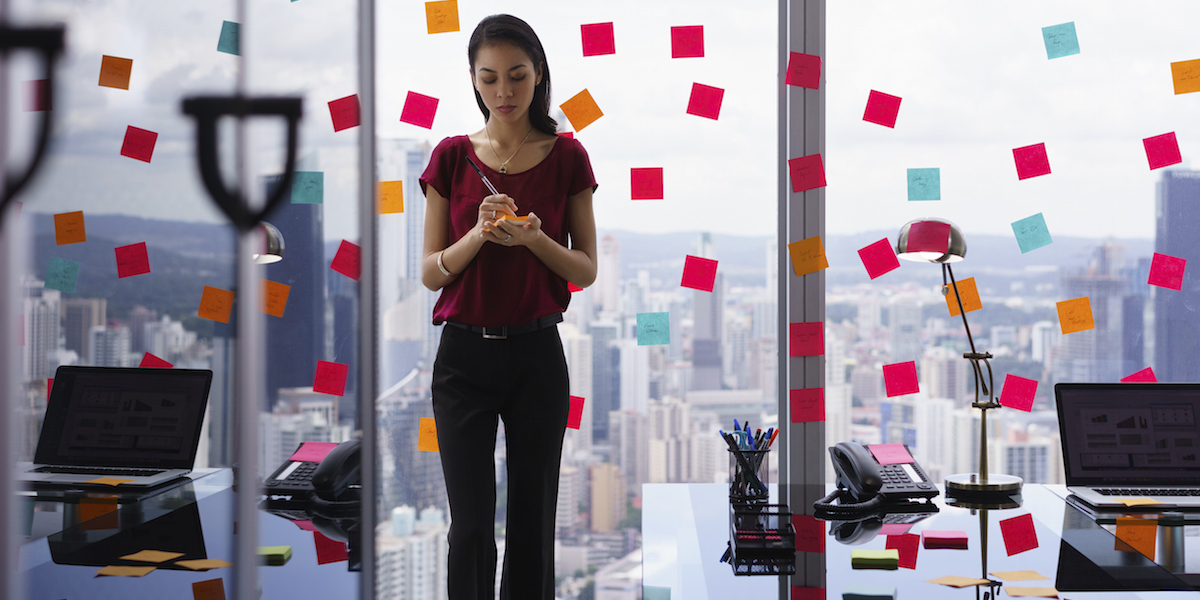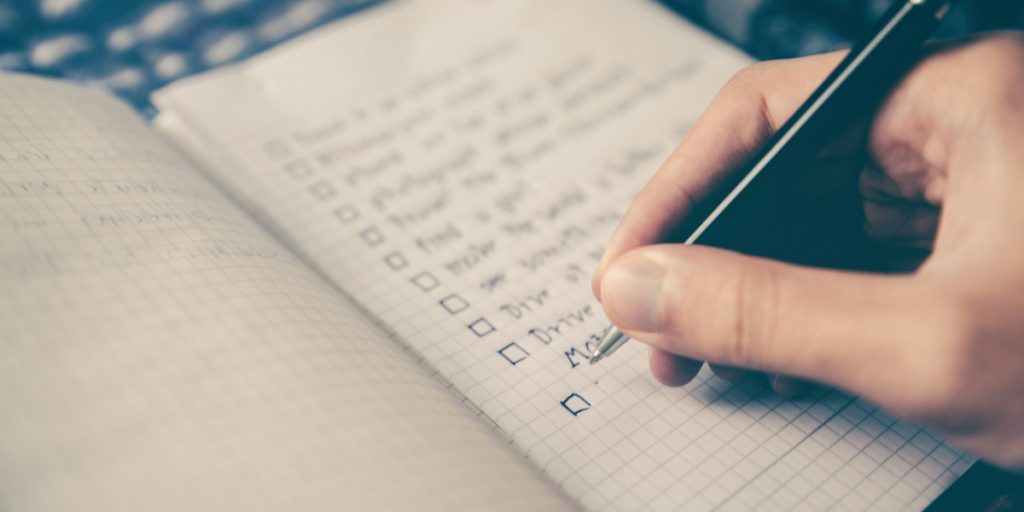Question: Are you the kind of person who works on more than one thing at a time? If so, you’re a multitasker, and depending on who you talk to, you may get the sense that you should feel guilty for a bad habit.
It’s hard to find defenders of multitasking these days. I asked about it on Twitter and heard mostly negative comments. “Multitasking is a myth… it slows down your productivity… drains your focus” and so on. It all leads me to wonder: Am I the only one who enjoys multitasking? Should I feel guilty for doing a lot of things at the same time?
The interwebs are bursting with multitasking critiques. Most of these entries contain a similar argument: when we try to multitask, we’re not able to focus on more than one thing at once, so we continually shift back and forth between different tasks. Every time we switch between tasks, we lose the time it takes us to change gears and refocus. Then, before we get fully immersed in the new task, another distraction comes along to pull us somewhere else.
How We Work
The problem is that multitasking is simply how many of us have shifted our styles of life and work over the past decade. There may indeed be some negative consequences as a result, but I think there are also benefits. Instead of reverting to a practice of “one thing, one time,” perhaps it’s better to find a way to adapt to changing technology and lifestyle patterns.
You can always turn off the smartphone or close down the browser, right? If you can’t, that’s a self-discipline problem, not the fault of multitasking. I confess to having that problem from time to time, but I also tend to get a lot done over the course of an average day.
I read a great book recently called The Power of Full Engagement. In some ways, it was another case against multitasking, but the authors spent much more time presenting an alternative model of work. The model highlights energy management instead of time management, something which I’ve always found to be an anomaly. (You know, how we can’t manage time.)
By focusing more on our energy (how we feel, what we’re capable of at any given time, and so on), we can schedule projects and tasks according to our own individual capacities.
Multitasking Tips
If you’re like me and enjoy keeping a lot of balls in the air, perhaps some of these tips can help:
- Every day select two “most important” goals. These goals should become more important than all the other work you like to do. You can still multitask, but make sure these two things get done even if nothing else does
- Make technology serve you instead of the other way around – if you struggle with learning a new tool, give up on the struggle (maybe the tool is not right for you)
- Use multiple monitors – I do most work on my laptop, but I also have my desktop running at the same time. I keep mind-maps and another browser window open on the second monitor
- The project and task list are the compass points for progress. Work off these documents, not all the other inputs that come your way. You can have Twitter or Gmail going, but keep the list in front of you too
- Add several breaks into your schedule. I stop for 10 minutes every hour and do something completely unrelated to work. I read magazines, go in another room, walk around, etc.
A version of this article originally appeared on Chris Guillebeau’s website.





























